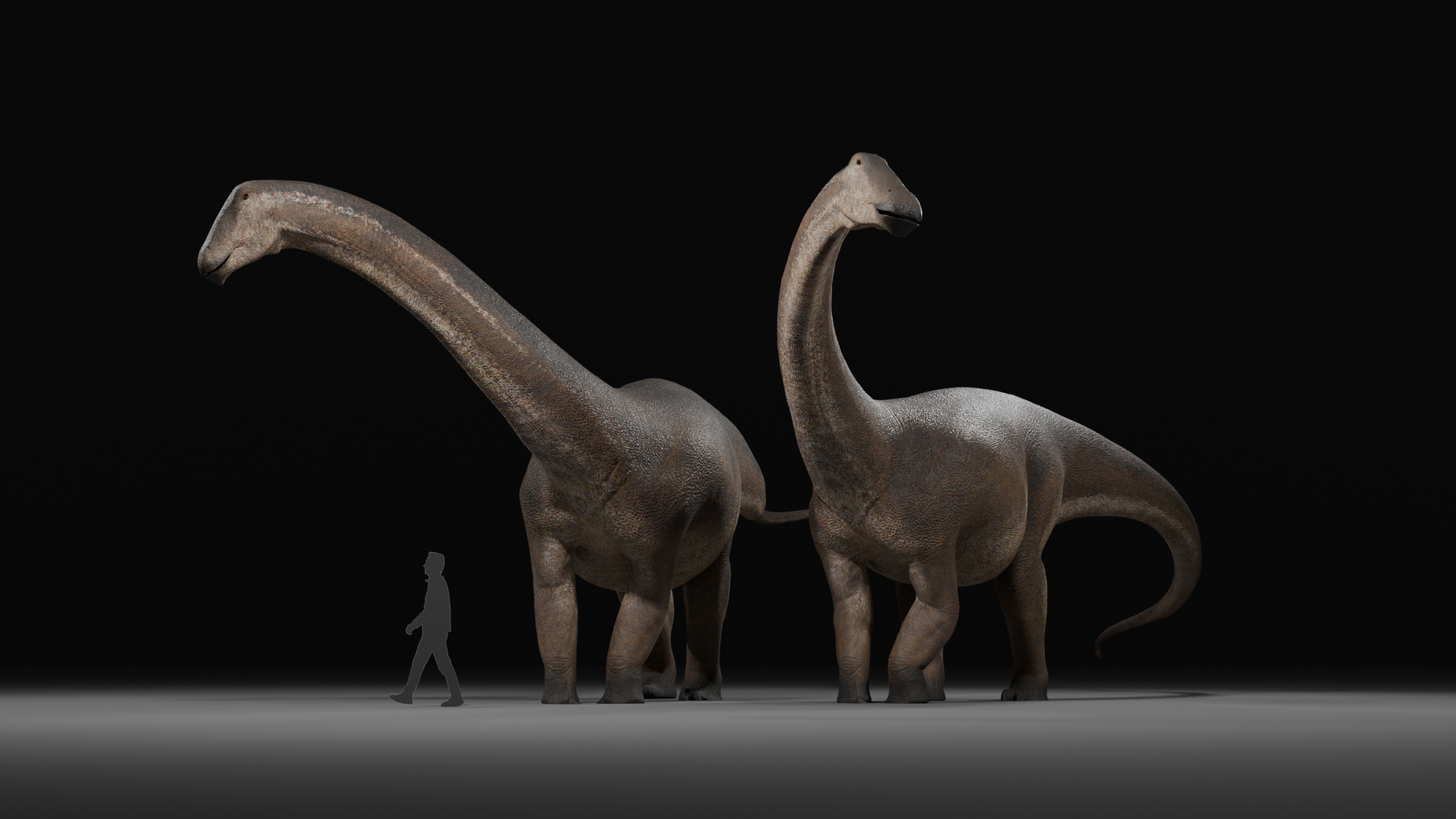
Researchers have identified a newfound sauropod species that was the largest of its kind and one of the last living members of its family.
Paleontologists first discovered fossils from the species, now named Sidersaura marae, in 2012 in the Huincul Formation in Argentina's Neuquén Province. It took researchers multiple excavations over several years to retrieve the giant dinosaur parts, which came from four individuals, according to a study published Jan. 3 in the journal Historical Biology.
The newly discovered animals likely died in a muddy area near a river, and while scavengers and water displaced some of their bones, many were preserved. Researchers found one of the new sauropods lying next to a giant meat-eating dinosaur called Meraxes gigas, unveiled in 2022, while the other three were 65 feet (20 meters) away.
S. marae's fossils are around 93 million to 96 million years old and date from the early stages of the late Cretaceous period (100.5 million to 66 million years ago), which represents the last swansong of the dinosaurs before a devastating asteroid strike wiped out the non-avian dinosaurs.
The newfound sauropods were up to 65 feet long and weighed 16.5 tons (15 metric tons). There are much larger dinosaurs on record, but S. marae is a rebbachisaurid sauropod — which usually weighed up to 10 tons (9 metric tons) — raising questions about how these animals grew to be so large.
"This discovery opens the field to new investigations and research in order to study how these animals could reach these huge sizes," study lead author Lucas Nicolás Lerzo, a doctoral student at Maimónides University in Argentina, told Live Science.
Rebbachisaurids were a family of sauropods with duck-like faces that fed on vegetation close to the ground, according to a statement released by the Argentine National Scientific and Technical Research Council (CONICET).

Lerzo began studying the bones in 2017 and found that many features separated them from other rebbachisaurids. Some of those differences were connected to the new species' massive size. For example, the hind limbs of S. marae were much more robust than those of its relatives, probably to support more weight.
The researchers named S. marae after the unusual stellar shape of its haemal arches — bony structures in the tail. Sidersaura combines "sider," the Latin word for star, with the Greek word "saura," meaning " lizard" or "reptile."
Lerzo and his team also looked at the evolutionary relationship between the new species and other rebbachisaurids. The study authors noted that S. marae was more closely related to older members of the group from the early Cretaceous, rather than to other late Cretaceous rebbachisaurids.
The discovery sheds new light on the evolution of the rebbachisaurid family just as their time was coming to an end. Rebbachisauridae went extinct around 90 million years ago, so S. marae was among the last to walk Earth. "It's the last form of the group," Lerzo said.







